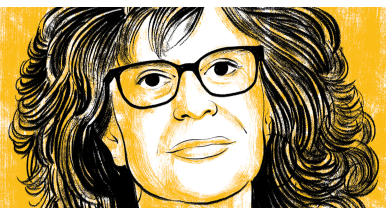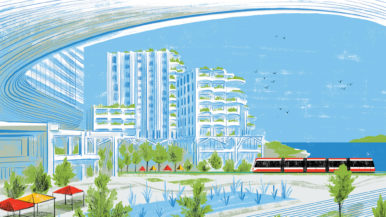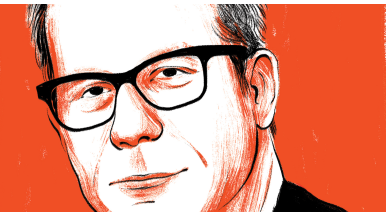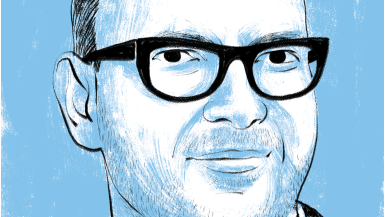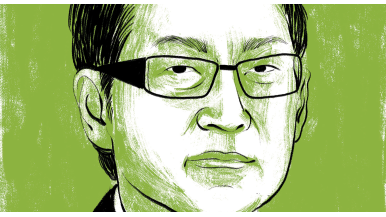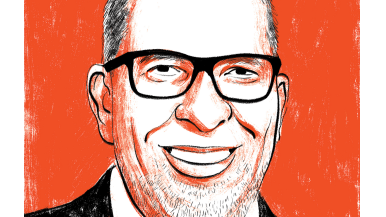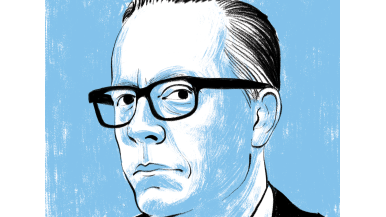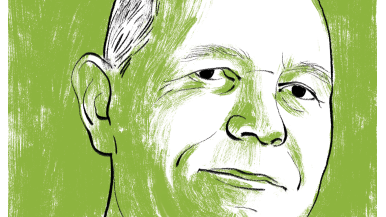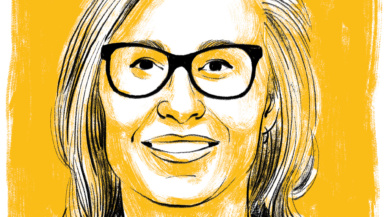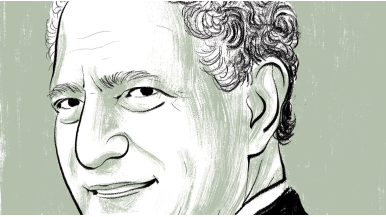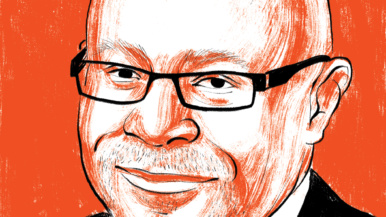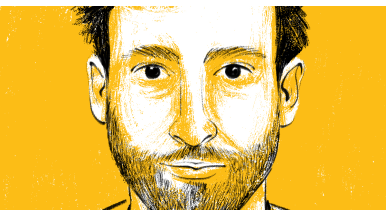The Quayside project is a gift to Toronto’s public realm

In recent decades, Toronto has become a remarkably heterogenous city, with more than half of its residents born in another country. We need welcoming places to meet and connect—in real life, not just on our phones. Sidewalk Labs’ plan addresses many critical growing pains, including the need to modify, innovate and introduce creative ideas to expand and enrich the public realm.
The public places we share have always reflected technological advances, for better or for worse. In the mid-20th century, it was the car that separated and isolated us. This time it is the digital world. The critical questions for me come down to how technology can improve face-to-face human interaction, rather than subvert it. Sidewalk Labs has some of the answers.
The greatest contribution to the public realm in Quayside will be a civic gathering space called the Parliament Slip, where Parliament Street meets the harbour at Queens Quay, naturalizing the shoreline and bringing people directly to the water. The slip will be flanked by ground floors surrounded not with commercial space, but with an elementary school, a new community centre and a greenspace called Silo Park. Vibrant multi-level walkways will envelop the slip, providing direct access to a pedestrian bridge, water taxis and kayaks, and floating structures, like a stage and platforms for pedestrians.
The space will function as a great communal living room for the residents who occupy condos in the surrounding neighbourhoods. The design eliminates most through traffic and uses timed signals, adaptable lanes and dynamic curb space that expand or shrink based on demand, freeing up space for walkers, cyclists and transit users. Collecting and sorting waste in vacuum tunnels will eliminate the need for garbage trucks, making the streets safer and more welcoming. Adjustable street canopies, windbreaks and heated sidewalks will dramatically increase the time people can spend outside in spring and fall. And the space will be equipped with adjustable lighting, water and power, allowing locals to use it for activities, performances and public art installations.
Why is this enlargement and activation of the public realm potentially so beneficial for Toronto? We are the fastest-growing city in North America, but we’re currently short of public space and struggling to maintain what we have. We need to be inventive in how we use available spaces and resources. Sidewalk’s enhancements are not technological gimmicks. They go to the heart of how we live together in the city. They contribute to our desire for sociability and enrich our lives. They are scalable and replicable in the Port Lands, throughout the Toronto urban region and in other cities around the world as we learn to use and manage the array of new means available to us in getting to a more sustainable and fulfilling urban future. This may be Toronto’s turn to take the lead.
This story originally appeared in the September 2019 issue of Toronto Life magazine. To subscribe, for just $29.95 a year, click here.
